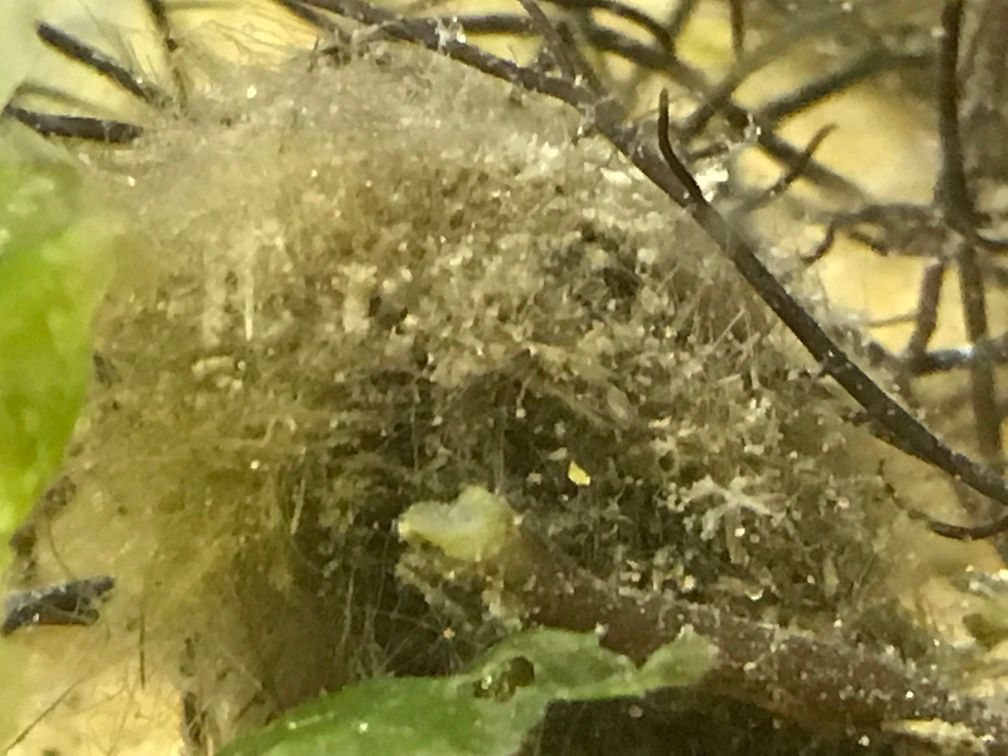
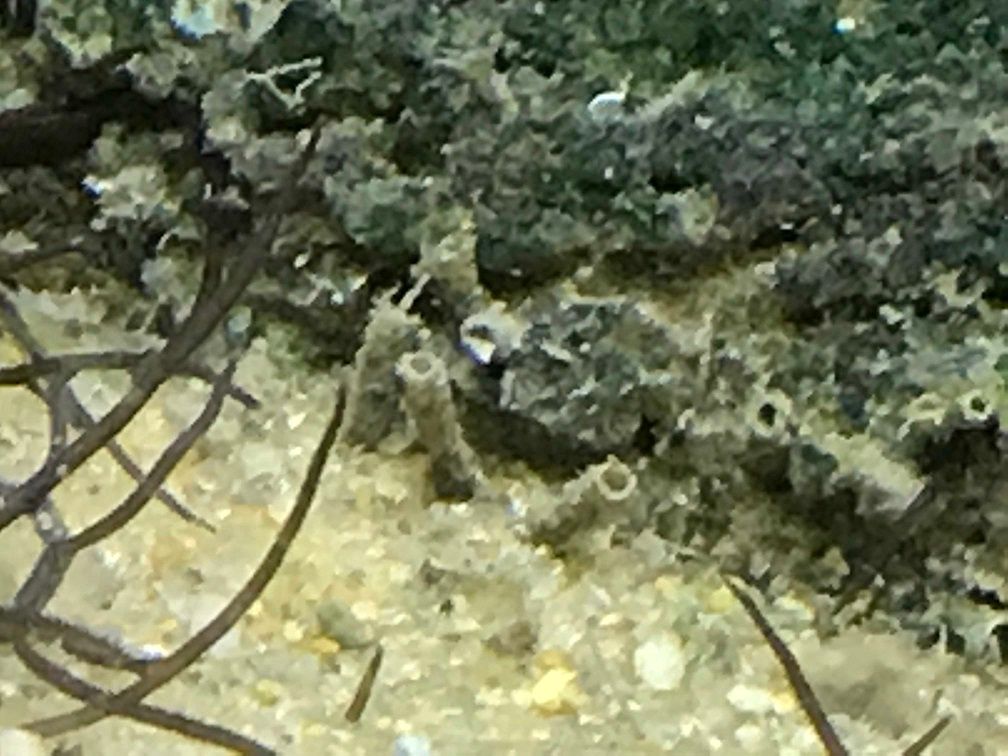
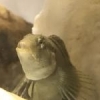
Posted 08 December 2017 - 08:21 AM


Kevin Wilson
Posted 08 December 2017 - 10:53 AM
Just as an FYI, as you may have noticed, I've been posting a lot of pics and videos and such along with the progress of this project. I like seeing and watching them too, and, I also like to document my progress and such. But, it's also to share information. When I was researching and dreaming of doing this project, there really wasn't a whole lot of info out there or even pictures of the species that I'm keeping. And there isn't much on the web or literature about the husbandry of these critters either. So, I feel obligated to post about it so if, perhaps, someone else wants to do this, that they can see what I went through and have a good idea of what to expect. There is other info out there but it takes a lot of searching to find it all. The only videos of these fish were pretty much about 10 seconds long. When I wanted to learn about them, I felt that I couldn't get enough. So, sorry if it's too much posting and such. I hope you all enjoy my tank almost as much as I do. That's why I share, because I can't wait to get back home and watch my tank.
Kevin Wilson
Posted 11 December 2017 - 08:40 AM
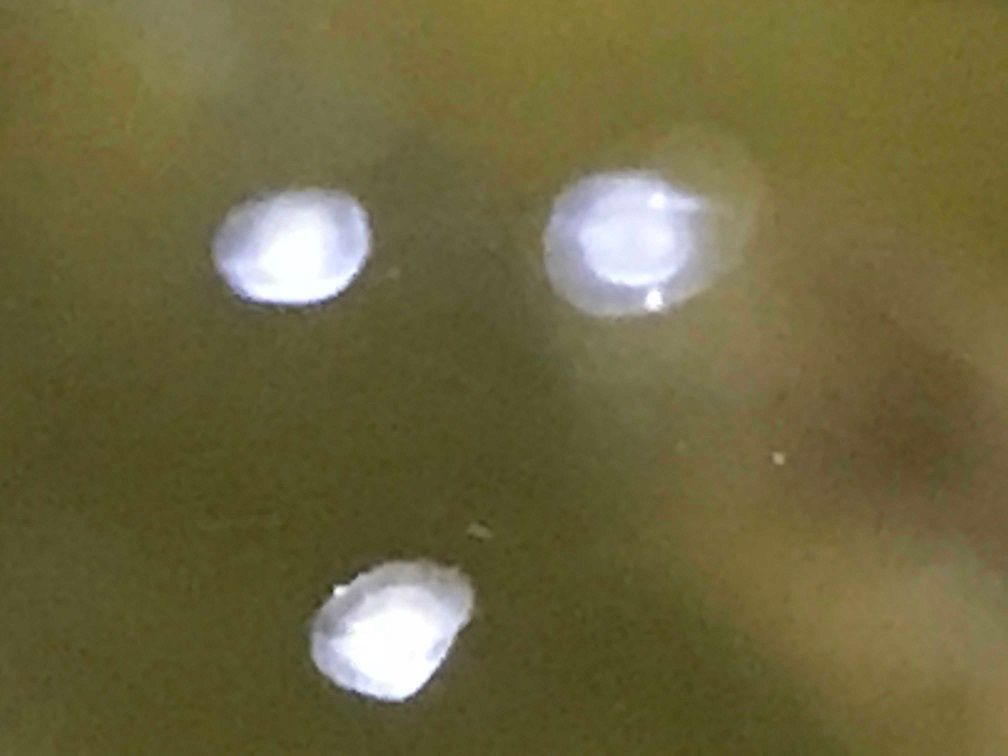
Kevin Wilson
Posted 11 December 2017 - 10:53 AM
Kevin Wilson
Posted 12 December 2017 - 03:10 PM
You not getting enough praise! I have really enjoyed watching the progress of your tanks, and the oyster reefs are awesome works of art. Do not let the lack of applause slow you down!
What is your specific gravity? I keep a Gulf of Mexico/mouth of the Mississippi brackish 180 gallon tank with many similar species as you, but I have been unable to catch blennies yet. I am envious of yours, along with your many invertebrates and skillet fish.
I keep my tank around 1.005–1.008, and have a half dozen or so hermit crabs caught in similar salinities that have been happy for 6 or 8 months.
I also keep inland silversides, a code Goby, Sheepshead minnows, Rainwater Killis, bayou killies, blue fin killes, long nose killies a single diamond killi, mosquito fish, mollies, a jade goby, and nerite snails.
Posted 12 December 2017 - 04:00 PM
Thank you Gerald and Brackishdude!
Brackishdude, my tank is currently at 1.012. I've caught blennies in as low as 1.008 though. I try to measure each spot at each collecting trip as well as temperature. I figure such parameters might be behind my success at locating certain species or not at any given time of year. For example, I caught as many as 17 blennies in late September with 1.010 SG at 74 degrees. My last trip was in November where the SG was 1.012 but the water temperature (bottom at 4') was 47 degrees. We caught just about every species that I had previously except blennies, which confirms what I've read about them perhaps going deep when temperatures fall. I only wish I had gone one or two trips in between to see about what temperatures actually trigger that migration.
As far as collecting blennies, my hunch is that if you can find an oyster reef or hard rubble substrate, then your chances go up in catching them. Also, my success increased by scooping up the shells along with the fish and sort through them. Where we found a good many empty shells, we found blennies and skilletfish. Gobies were caught in just about all collecting areas (hard or soft substrate, shells or weedy areas as were killies, pipefish, sticklebacks, sheepshead minnows and eels). Ironically, although we did find some live oysters at our most productive blenny spots, the key was that anglers or watermen were discarding shells as a result of harvesting shellfish or using them as bait, providing suitable habitat for perhaps new oyster spat but definitely fish and inverts. Also, if you know anyone that is farming oysters, ask to go with them when they check their baskets. Inside you'll find blennies, gobies, skilletfish, toadfish and just about anything that wanders in there. If I lived along the water, I'd be farming my own oysters!
Kevin Wilson
Posted 27 December 2017 - 09:53 AM
Kevin Wilson
Posted 28 December 2017 - 09:14 AM
I really like the look of the Ulva in this tank, but I think that until I set up the larger tank with better lighting, I'll not add it to this tank any longer. It just dies off. It looks great while it's alive, but ugly when it decomposes, although, I imagine all of the detritivores and herbivorous microfauna enjoy it. I can't tell if the Gracilaria is dying off or not. If it is, it takes a lot longer. I moved the tunicates up onto the reef after reading that contact with sediment or partial burial might lead to an earlier death. They seem to be doing OK, but time will tell. Here's a full tank shot:
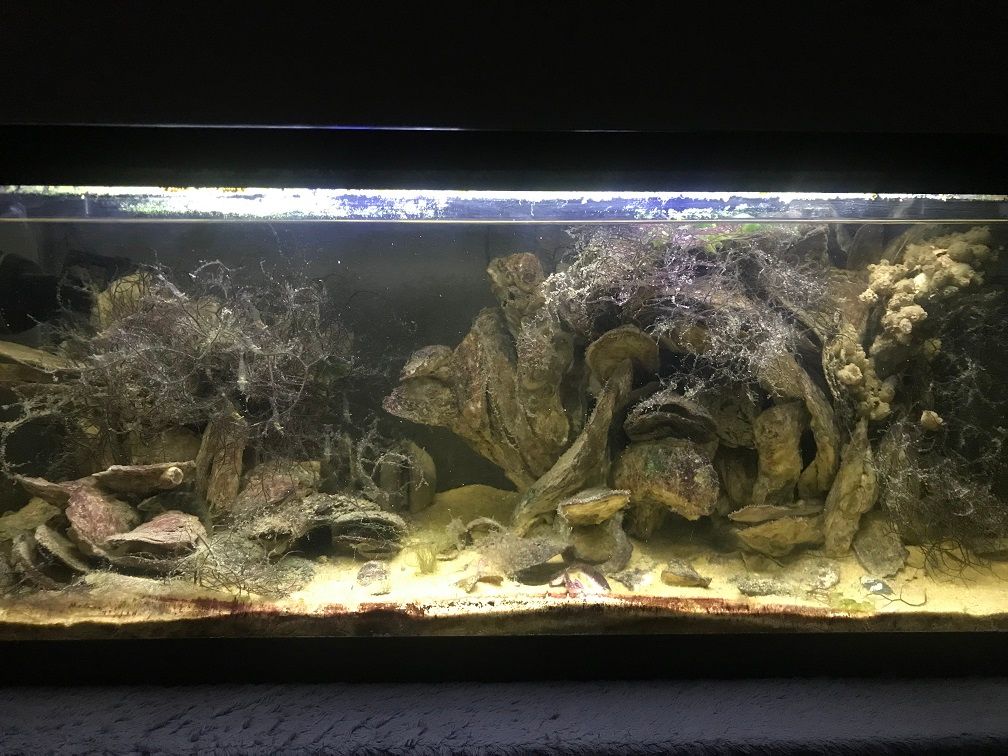
A zoomed in section of the right cultch, where I've moded all of the tunicates:

After observing and taking pics and vids of my newly found creature, I've determined that it is indeed a larval form of a jellyfish (a budding polyp or ephyra), although I'm not certain of the species. It's about 2-3 mm wide. I'm not sure what to do about this, because, although it is cool, adult versions would kill my fish. I wonder if my powerhead and HOB filter will kill these juvenile jellies or not. Maybe I should just remove them now. It appears this morning that perhaps one of the ephyra separated from the budding polyp, because this morning it was a lot smaller. Here's a video from last night:
Here's a video update of the tank:
Kevin Wilson
Posted 28 December 2017 - 12:48 PM
That is a cool item to have discovered (ephrya). I don't think it has much of a chance of survival in the tank. From hungry mouths that might snap it up (even if they spit it right back out, the damage will have been done), and filter intakes. The phytoplankton is an excellent food source for it/them but again, I don't see it making it. Let's just say it is a moon jelly, and does survive--for a time, it wouldn't be large enough to capture any of those fish.
Posted 28 December 2017 - 01:23 PM
Thanks Nick.
I guess that I'll leave them be, observe and not worry about it. GEPA (Glen Echo Park Aquarium) might want some jellies, so maybe I'll catch a few of these for them and they can set up a special tank for them. I guess I got the stage name wrong, that this budding stage is actually called a scyphistoma. I'm just happy that I was able to ID it to this point. I'm amazed that it took this long for me to discover them in my tank. However, maybe there have been more of them all along throughout the tank, hidden from my view until now.
I need to make glasses out of magnifying glasses... some cheap lens from the CVS plastic ones, a little duct tape, and a pair of broken sunglasses...will have me looking like a weirdo but easier to view micro stuff without spending a lot of money, LOL. Or, I could just spend the money and get a microscope.
Kevin Wilson
Posted 28 December 2017 - 01:26 PM
Oh, and after some Youtube searches, most of the videos of the ephyra that they've ID'd as moon jellies look just like this one, so I think you may be correct on your ID. The sea nettle ephyra have longer thinner tentacles and are almost white or translucent, while mine are reddish in color.
Kevin Wilson
Posted 05 January 2018 - 08:21 AM
Updates:
20g long:
The Ulva died off for the most part. I won't collect any more Ulva until I set up the larger tank with better lighting. It looks good for a while though, but when it dies off, it isn't pleasing. I can't tell how the Gracilaria is doing. It seems to be holding its own, but not growing at a fast rate. The mud crabs never come out any more, but they are there as you can see them if you prob the dark hiding spots with a flashlight. They're getting bigger. The budding polyp jellyfish is done producing baby medusae, so I can't tell if it is dying or will continue to produce them. The tunicates are hanging in there, but I think that I'm losing one of them. I'm feeding them bottled phytoplankton three times each week. The baby mussels are still going strong. All of the fish are accounted for. It took a while to do an inventory, but eventually, I find times where they're curious and come to the front of the tank and peer out from their hiding spots. The skilletfish are the exception, as the best time to count them is at feeding time. Everything else is doing well, parameters, etc.
20g high:
I still have the three mummichogs. They've all recovered from their disease symptoms for the most part on their own, but they still show signs of the parasites. They are very resilient fish. I purchased some copper and a copper test kit, mainly because I might try it in the future after I collect fish, but also to treat these fish. My goal is to get them out of this tank and run the tank fallow. I will treat them in a plastic storage bin and after they are disease free, donate them to the public aquarium. The ghost anemone is getting bigger. I'm waiting for it to bud off and reproduce, but so far it has not done that. All of the tunicates except one have died despite me feeding phytoplankton three times a week. The cluster of mussels enjoys the phyto feast though and are doing OK. Ulva does better in this tank, but it isn't growing much or the die off is very slow. I don't have to prune it. There are mud crabs in this tank also, but I rarely see them.
Photo updates from the 20g long:


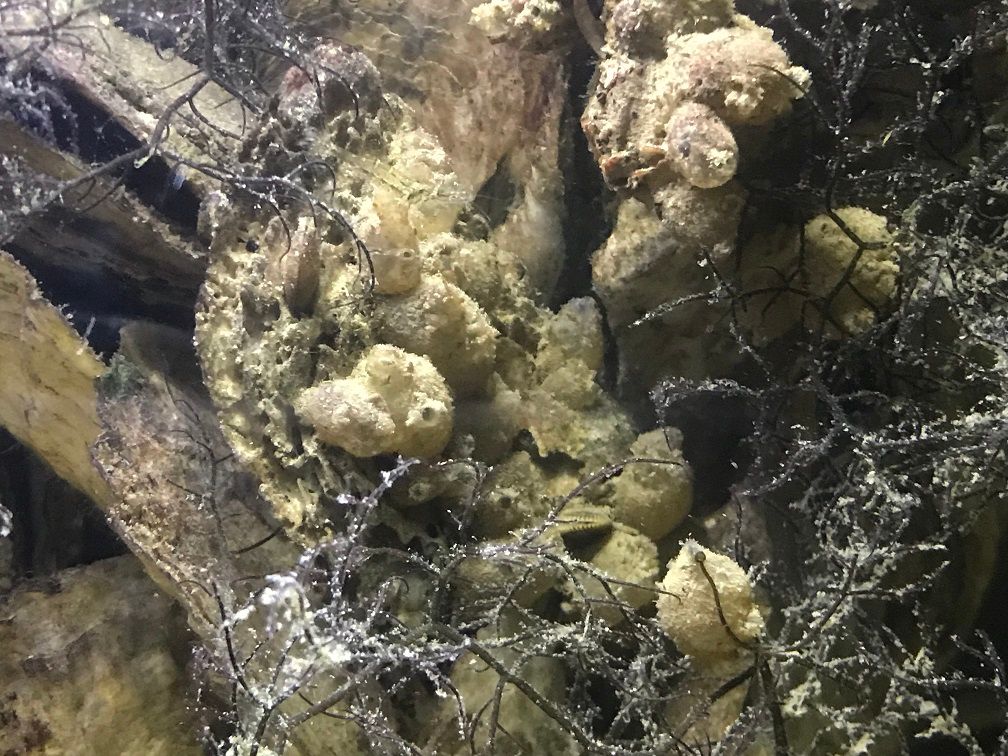

Kevin Wilson
Posted 06 January 2018 - 10:01 AM
0 members, 0 guests, 0 anonymous users